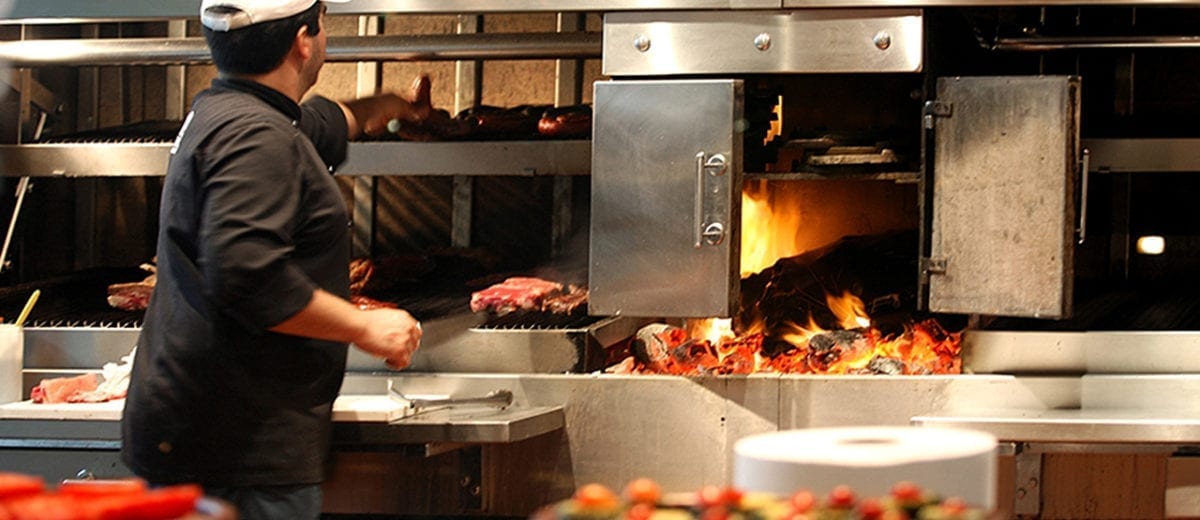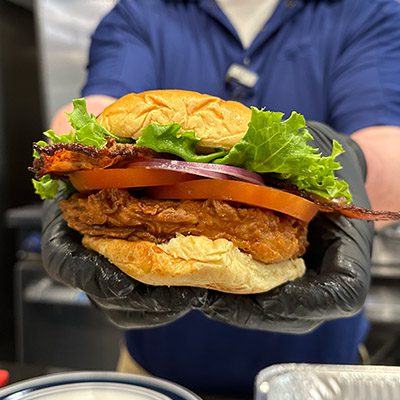
Globally Inspired Barbecue Offers On-Trend Opportunity
From Texas to the Carolinas, and Memphis to St. Louis, there’s no denying Americans’ love of barbecue.
Today the definition of barbecue is expanding as ethnic cuisine takes center stage. While regional American barbeque is popular, African and Asian barbeque have had an increased presence on foodservice menus.
Since man first started cooking meat over fire, barbecue has existed in some form. While the barbeque of today is more refined and even considered to be an art among aficionados, its origins remain the same—meat roasted above an open flame. Every culture has their version of barbecue and many of them are gaining popularity in the states.
In South Africa, barbecue is referred to as braai (pronounced BRY). Similar to the US, different regions of South Africa have different ways of approaching braais. For example, the people of the Southern Cape coast are masters of fish braais while mutton and lamb are preferred further north in Karoo—the central, desert-like portion of South Africa. In KwaZulu Natal, on the east coast, barracuda and yellowtail are wrapped in banana leaves, grilled and served with traditional Zulu accompaniments such as green mealie (corn) bread and fritters.
With African cuisine predicted to be one of the hottest food trends of 2017,1 don’t be surprised to see braai-inspired dishes start popping up on menus. Shebeen Pub & Braai in Charlottesville, Virginia, already features a variety of braai dishes like Peri Chicken, Chile Calamari and a South African inspired rack of lamb.
While braai is still catching on in the US, Korean BBQ is taking the country by storm. At Korean barbeque restaurants, customers are served raw meat, which they cook themselves—each table has a built in gas or charcoal grill in the center. The most popular variety of Korean barbecue is Bulgogi—thinly sliced beef marinated in a blend of soy sauce, sugar, sesame oil, garlic and pepper. Chicken, pork belly and beef short ribs are also popular.
Korean barbeque is served with a variety of small side dishes known as banchan and is often eaten as a wrap with the meat and condiments tucked into lettuce. Kimchi (fermented cabbage) and Gochujang (chili sauce) are must-have accompaniments to traditional Korean barbeque. These days, Korean barbeque restaurants can be found in most major cities.
As you can see, barbecue can refer to a variety of different flavors and cooking techniques. While regional American barbeque will always be a popular go-to summer cuisine, consider offering your guests a global-inspired BBQ experience instead. From Korean barbeque to South African Braai, global-inspired barbecue can attract customers and help set you apart from the competition. Just remember, whichever BBQ you decide to menu, many customers still expect high-quality proteins like chicken and turkey with No Antibiotics Ever, Organic Chicken and grass-fed beef.
Content courtesy of Perdue Foodservice
1National Restaurant Association, What’s Hot: Top 10 Food Trends for 2017
2NRDC, “Going Mainstream: Meat and Poultry Raised without Routine Antibiotic Use,” December 2015









